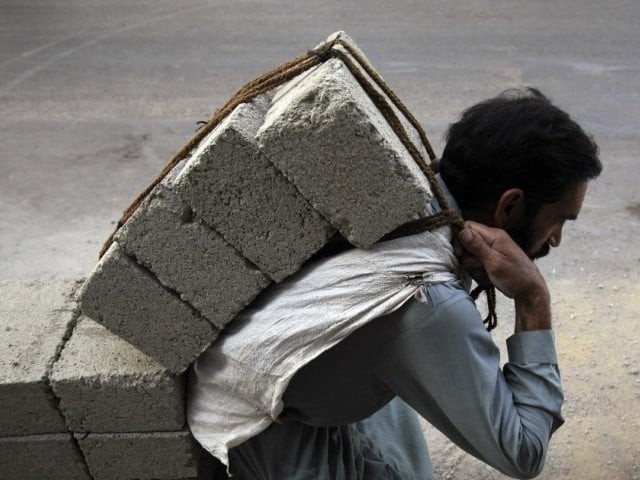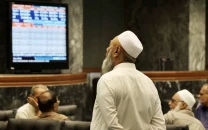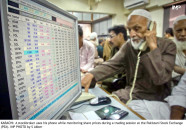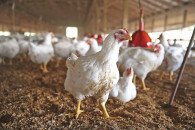Technical training: Sindh’s informal sector growing, says report
Government tries to train workforce as more children enter labour market.

Labour force participation is higher across rural Sindh (52.3%) compared to urban Sindh (38.1%), the survey noted. PHOTO: FILE
A total of 1.8 million individuals over 10 years of age obtained technical education and vocational training (TEVT) in 2010-11, which reflects an increase of more than 18 times over the 2007-08 figure, according to Sindh Employment Trends Report on Skills that was released on Wednesday.
The report released by the Sindh Technical Education and Vocational Training Authority (STEVTA) with support from the International Labour Organization (ILO) covers labour market developments during 2007-08 and 2010-11.
The report revealed that the province’s working age population, which means individuals aged 10 years and above, increased to 31.2 million in 2010-11 from 27.8 million in 2007-08, an increase of 12.2% over a three-year period.
The unemployment rate increased significantly in Sindh during these three years. It increased from 3.1% in 2007-08 to 5% in 2010-11 for people aged 10 years and above. However, the unemployment rate in the province still remained below the national average in both 2007-08 and 2010-11.
The overall increase in the provincial unemployment rate was driven by the sharp increase in urban un-employment, which doubled from 4.5% in 2007-08 to 9.2% in 2010-11. In contrast, rural unemployment rates declined from 2% to 1.9% during the same period, the report said.
The report suggest that the incidence of child labour in Sindh decreased nominally during the period under review, as labour force participation rates for the population aged 10 years and above declined by 0.4%, while it increased slightly for the population aged 15 years and above. Labour force participation is higher across rural Sindh (52.3%) compared to urban Sindh (38.1%), the survey noted.
Gender-wise break-up of the labour force participation rate shows that female participation is abysmally low in the province – only 15.9% of women aged 10 years and above were part of the labour force in 2010-11 compared to the national average of 21.7%. Female participation in the rural areas of the province was 25.2% compared to urban areas, where it was only 7.2%.
The survey revealed that the highest proportion of employed individuals are skilled agricultural workers, representing over 38% of the employed work force in 2010-11, followed by workers engaged in elementary occupations (18.5%).
Interestingly, the highest share of the employed in urban areas of the province – around a quarter of all employed – fall in the legislators and senior managers category, reflecting a concentration of white-collar jobs in metropolitan Karachi.
Published in The Express Tribune, August 29th, 2013.
Like Business on Facebook, follow @TribuneBiz on Twitter to stay informed and join in the conversation.


















COMMENTS
Comments are moderated and generally will be posted if they are on-topic and not abusive.
For more information, please see our Comments FAQ